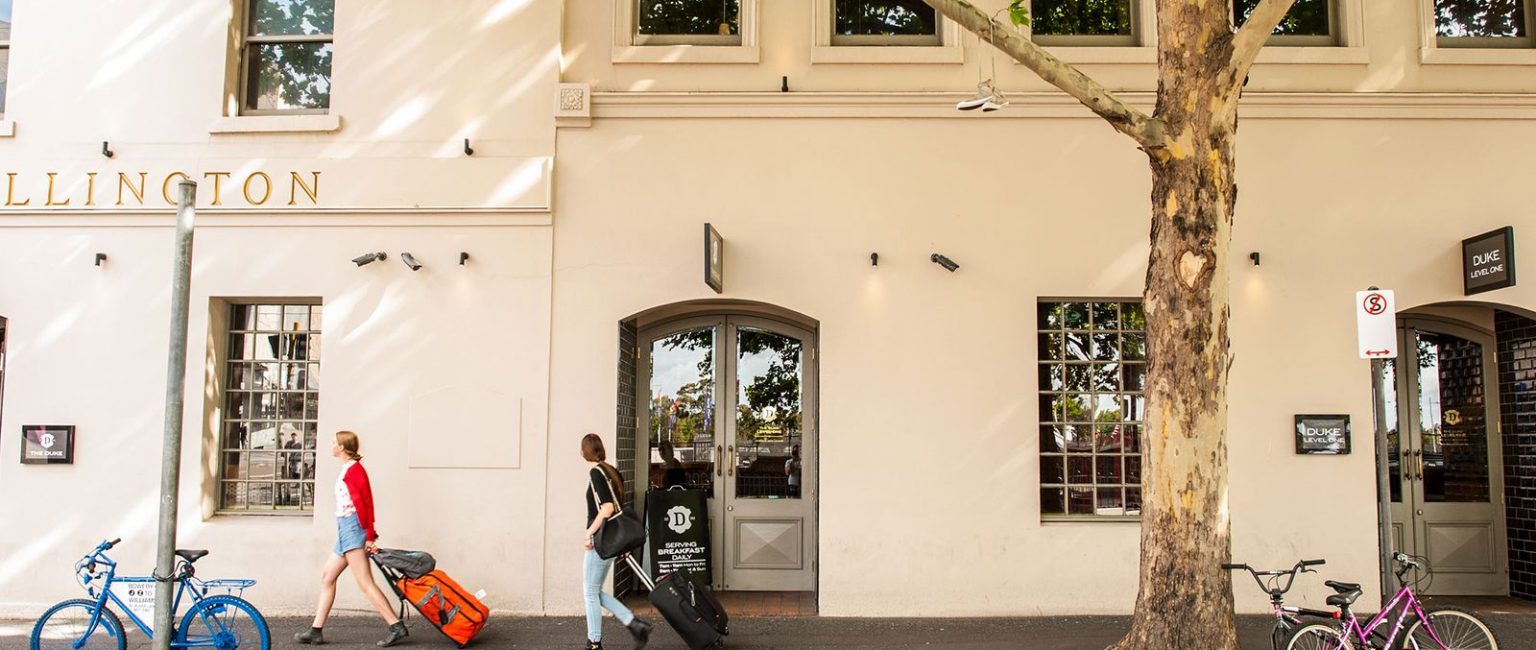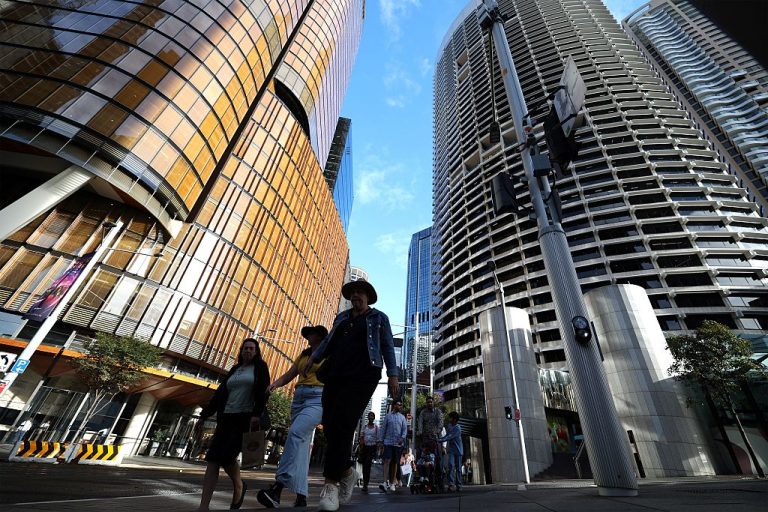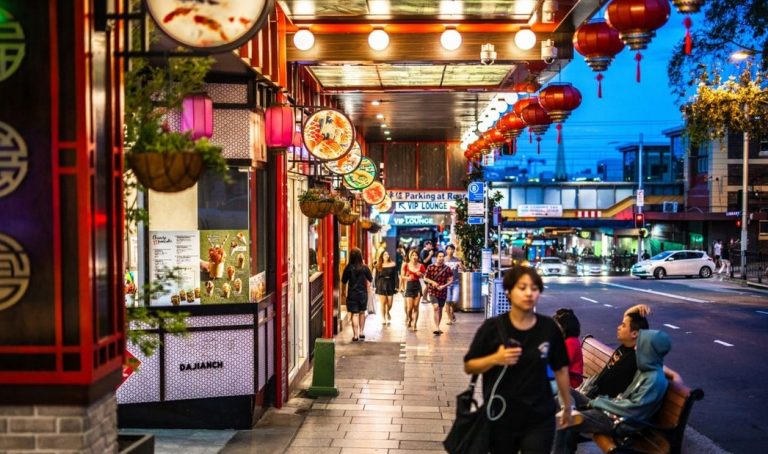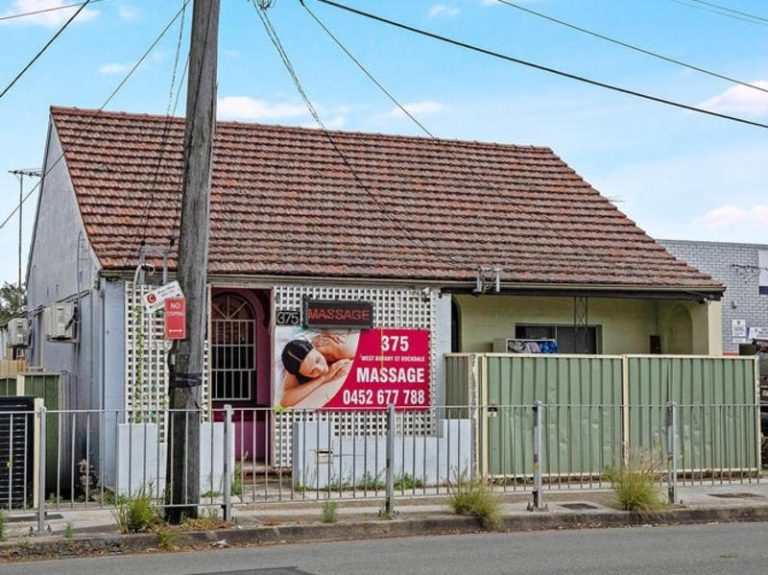Why more Aussie pubs are calling last drinks

The Great Western. The Corkman. The Stork. The Greyhound. The Town Hall. The Exchange. To some, they were cultural institutions that deserved better; to others, struggling businesses sitting on valuable land.
Over the past few years, more than 30 pubs in Melbourne and just under 20 in Sydney have called last drinks for the final time, making way for gyms, massage parlours, call centres and apartment blocks. Many refused to go without a fight, but they went all the same – victims to the wrecking balls of ‘progress’ and ‘development’.
Inner West Sydney Mayor Darcy Byrne says enough is enough.
Commercial Insights: Subscribe to receive the latest news and updates
“Long-standing hotels in our capital cities have social and architectural significance, as well as being businesses. They are community institutions that our governments must protect,” he says.
“If we see our famous pub culture and nightlife go out the back door – as has certainly been happening in Sydney – our cities will become much less appealing places to live.”
But while it’s easy to imagine the impact pub closures have on the communities they leave behind, it’s far more difficult to pinpoint the principal cause of their demise.
A changing landscape
While many lay the blame squarely at the feet of a national property boom that saw the value of Melbourne dwellings rise by more than 50% in six years – and their Sydney counterparts rise even higher – there’s also the uncomfortable truth that some disgruntled locals refuse to face: Australians are drinking less alcohol now than at any time in the past 50 years, and so fewer and fewer are going to the pub.
Together with increased competition from bars and restaurants, the country’s drying thirst has forced the hands of many publicans into sprucing up their menus to satisfy the ever-discerning millennial palate. But with the land on which their pubs sit generally more valuable than the pubs themselves, even forward-thinking publicans are choosing to sell.

Many pubs are calling last drinks for the final time, to make way for development. Picture: Erinna Giblin
“They have the footprint that developers are looking for, but there’s a lot of disused factory space in the inner-city as well, because of the collapse of manufacturing, and so I think [developers] could be more creative in looking for spaces,” says Claire Wright, associate professor of history at La Trobe University and author of Beyond the Ladies Lounge.
“The pub is the beating heart of the community. You take it away and you take away something from the community. So, in the long run, [developers] are undermining the long-term profitability, amenity and attractiveness of that neighbourhood. It’s a short-term logic.”
A developer’s perspective
Unlike many disused factory spaces, the lion’s share of Melbourne’s traditional pubs are found on corner sites – widely regarded by developers as the highest form of real estate, thanks to their convenient car and pedestrian access, fewer neighbours and unrestricted views.
One such corner site was the former Port Melbourne home of The London Hotel. Gary Busuttil knocked down the iconic pub last year, roughly five years after buying the site as a vacant possession for $4 million.
Despite being built in 1870, the hotel didn’t have a heritage listing – Port Phillip City Council never got around to applying for one. As a result, Busuttil’s Tab Developments was able to get a permit to destroy it.
The Victorian Civil and Administrative Tribunal knocked back the company’s original plans due to an overshadowing issue, but accepted its second – an eight-storey development containing 15 “luxury” apartments and a new 300-patron hotel, to which Port Phillip Council gave the green light in September 2017.

Corner sites are prime real estate. Picture: Getty
The way Busuttil sees it, the second design is a marked improvement on what was originally there. He says the residences – 13 of which have already been sold – satisfy demand among local downsizers for high-end apartments, while still having access to a communal meeting place in the hotel.
Others, however, weren’t quite as upbeat about the loss of the iconic venue.
“We are going to live in an overcrowded sea of bland concrete,” reads one comment on Port Philip Leader’s original Facebook post on the pub’s looming demolition.
“That whole area has become an abomination,” reads another.
Busuttil says the need to add a basement to satisfy parking requirements meant it wasn’t possible to keep the original facade.
“Also, the old design didn’t allow for good views or to have any design component to it. So, what we would have ended up with – and you see this around town a lot – is a modern building on top of an old building, which really doesn’t work,” he says.
“To be honest with you, it’s not our responsibility to keep an old building. If it had had a heritage overlay on it, we would have respected that. But it didn’t.”
Seeking safeguards
For many people close to the issue, herein lies one of the major problems: iconic pubs often lack heritage protection, and councils only take action after a site has been purchased by a developer, designs submitted, or buildings demolished.
Busuttil, for one, would certainly welcome changes.
“It seems as though the whole precinct [near The London] has a lot of problems with people being able to make clear decisions. There’s a site adjacent to us, at 1-7 Waterfront Place, that’s been in planning for 10 years,” says Busuttil.

Redevelopment of heritage pubs often divides community opinion. Picture: Getty
“Maybe there needs to be a review of all hotels, and for overlays to be put on them so that they can’t be redeveloped, if that’s what the consensus is from councils. That would nip it in the bud.
“You want to keep the front bar, you want to keep the facade? Then be very clear in your intentions prior to developers having to work them out from a dispute. That’s the worst way to go about trying to control a site.”
Byrne agrees, which is why, in July, his council conducted one such review in Sydney’s Inner West Council. The research project found that 11 of the area’s 66 pubs currently lack heritage protection and were therefore in danger of being converted into residential use, subject to securing suitable development consent.
It’s an issue that Byrne hopes to address by introducing controls that prevent new owners of old pubs from removing the original front bar.
“Now, it’s not a Stalinist economy, so we can’t and don’t want to control people’s business uses, but if you’re not allowed to demolish the front bar, then that means the range of uses is either limited to a pub, a bar, or another hospitality venture,” he says.
“We want to send a very clear message to property investors that you can’t buy a pub with the expectation that you’ll be able to knock out the front bar and convert it into a massage parlour or a gym, which is what happened to the Town Hall in Balmain.
“Pubs have social and architectural significance, and potential purchasers need to understand that.”
This article from originally appeared as “Inner-city Aussie pubs calling last drinks”.







